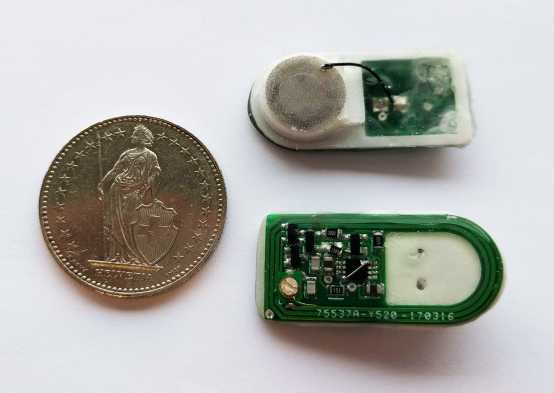Imagine a device that lets people with diabetes use an app or remote control to give themselves a boost of insulin when they need it, without an injection. Researchers from ETH Zurich have developed a prototype device that can do just that, using electrical jolts to control gene expression in encapsulated beta cells.
The job of beta cells in the pancreas is to sense spikes in blood sugar levels, and respond by producing and releasing insulin, which helps the body metabolize the glucose. But in people with diabetes, these cells no longer perform this function properly, leading to serious health repercussions.
This problem is normally managed by monitoring glucose levels in the blood, and administering regular insulin injections. But injections aren’t exactly pleasant, so the ETH team investigated alternatives.
The end result is a small device that can be remotely activated to release insulin on demand. On one side is a capsule containing engineered human beta cells, connected to a printed circuit board (PCB) that controls them. When the PCB is activated by a radio signal, an electrical signal is transmitted to stimulate calcium and potassium channels in the beta cells. That triggers expression of the insulin gene, releasing insulin within a few minutes.
The idea is that this device could be implanted beneath the skin of a patient with diabetes. The beta cells can be zapped on demand to release insulin, controlled either by the patient, their doctor, or automatically at preset times.

Martin Fussenegger/ETH Zurich
The team tested the device by implanting it beneath the skin of mice with type 1 diabetes. The researchers were able to wirelessly control the insulin release, which peaked within 10 minutes of activation. The device was enough to restore normal blood glucose levels in the mice.
“We’ve wanted to directly control gene expression using electricity for a long time; now we’ve finally succeeded,” says Martin Fussenegger, lead researcher of the study. “A device of this kind would enable people to be fully integrated into the digital world and become part of the Internet of Things – or even the Internet of the Body.”
Of course, that raises the remote possibility that important biological devices could be hacked by malicious parties. The team says that security precautions would need to be implemented into a final device.
That’s not the only hurdle that needs to be overcome, either – the beta cells have to be replaced every three weeks or so. In the current version the team attached two “filler necks” to add more, but that’s not practical in the long run. A more useful solution will be needed if this is to ever make it to human tests.
In the meantime, other similar techniques are in development too. Some use beta cells that can be activated with light pulses or other electromagnetic waves, while others use microneedle patches containing beta cells.
The research was published in the journal Science.
Source: ETH Zurich
Source of Article